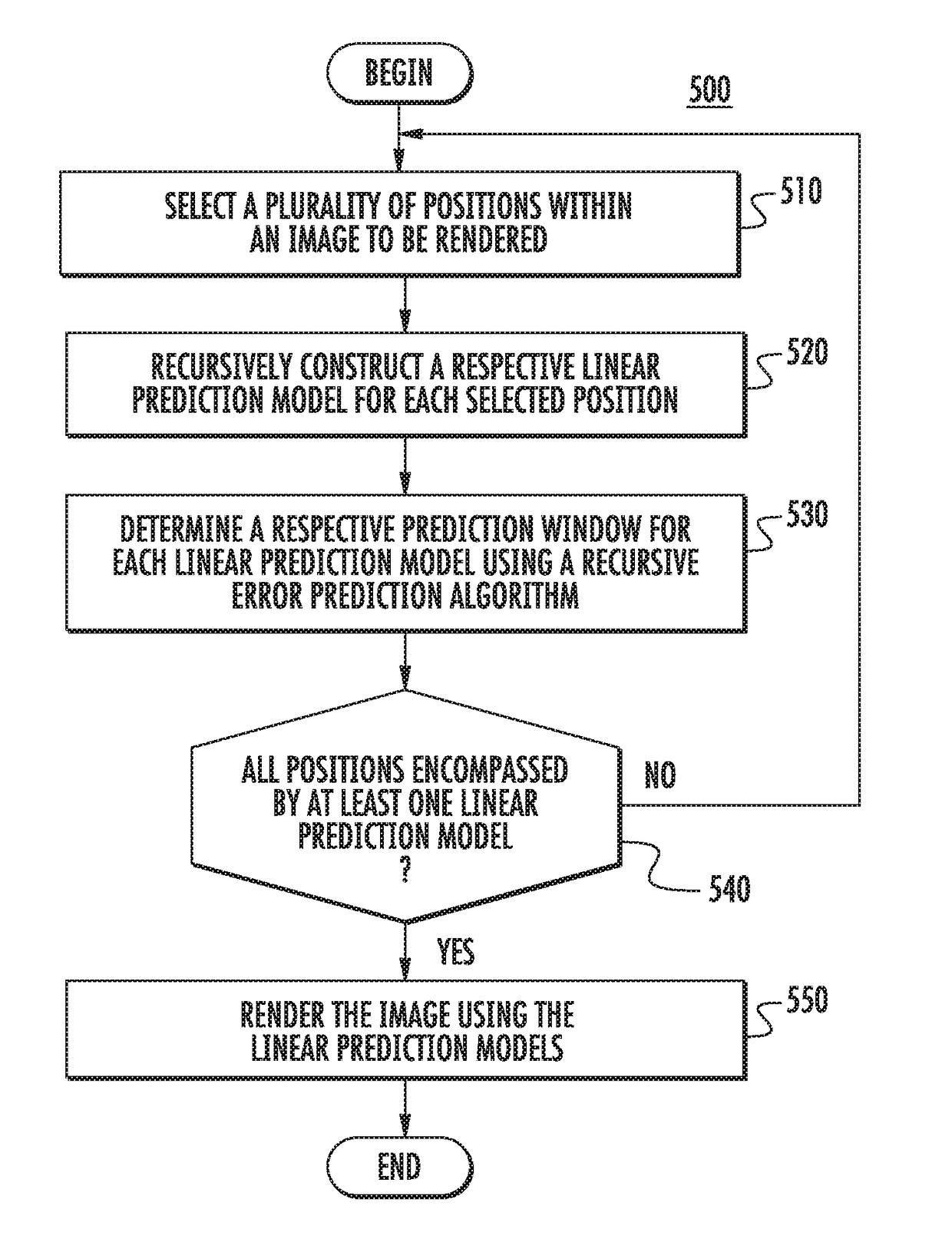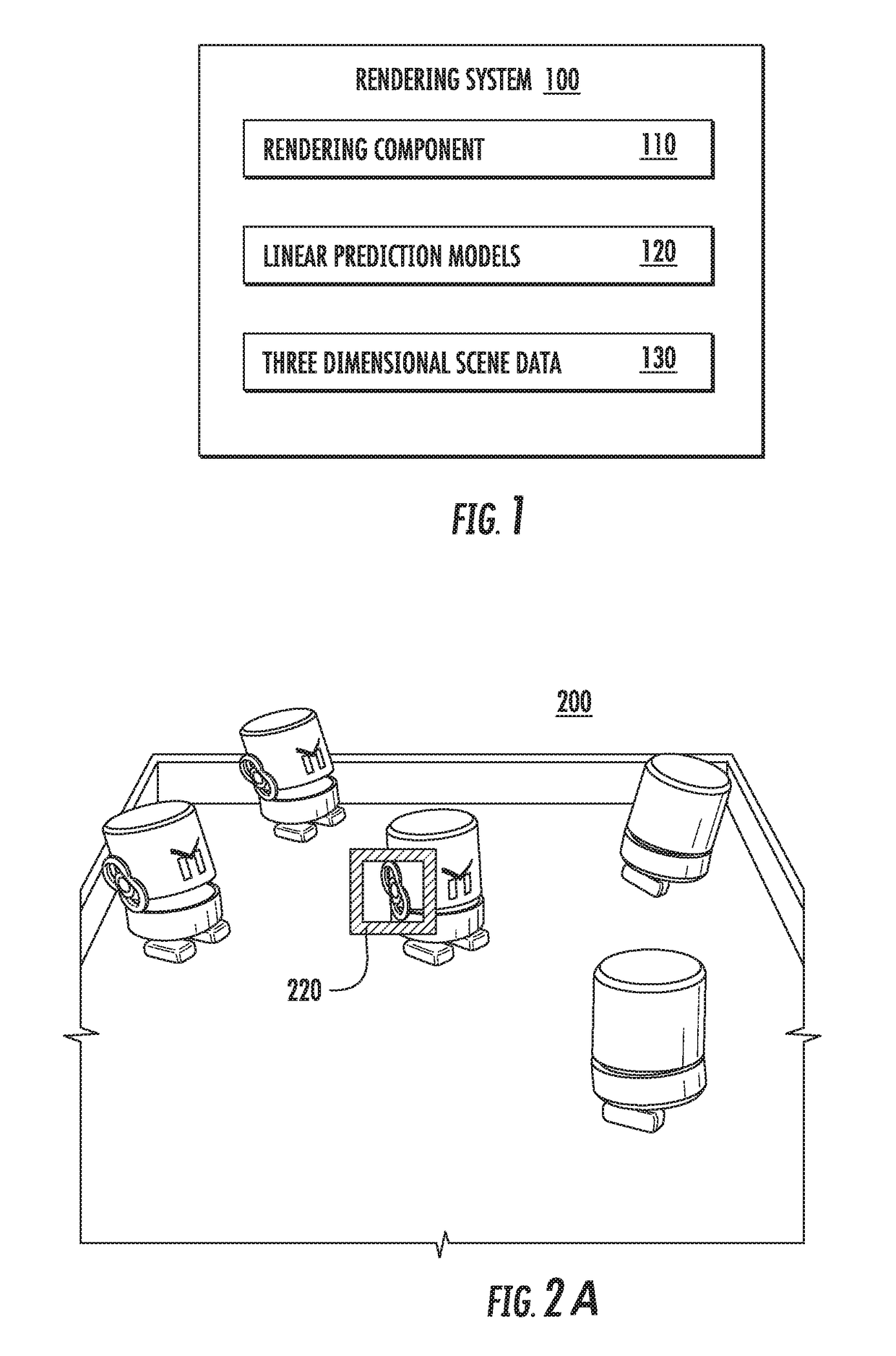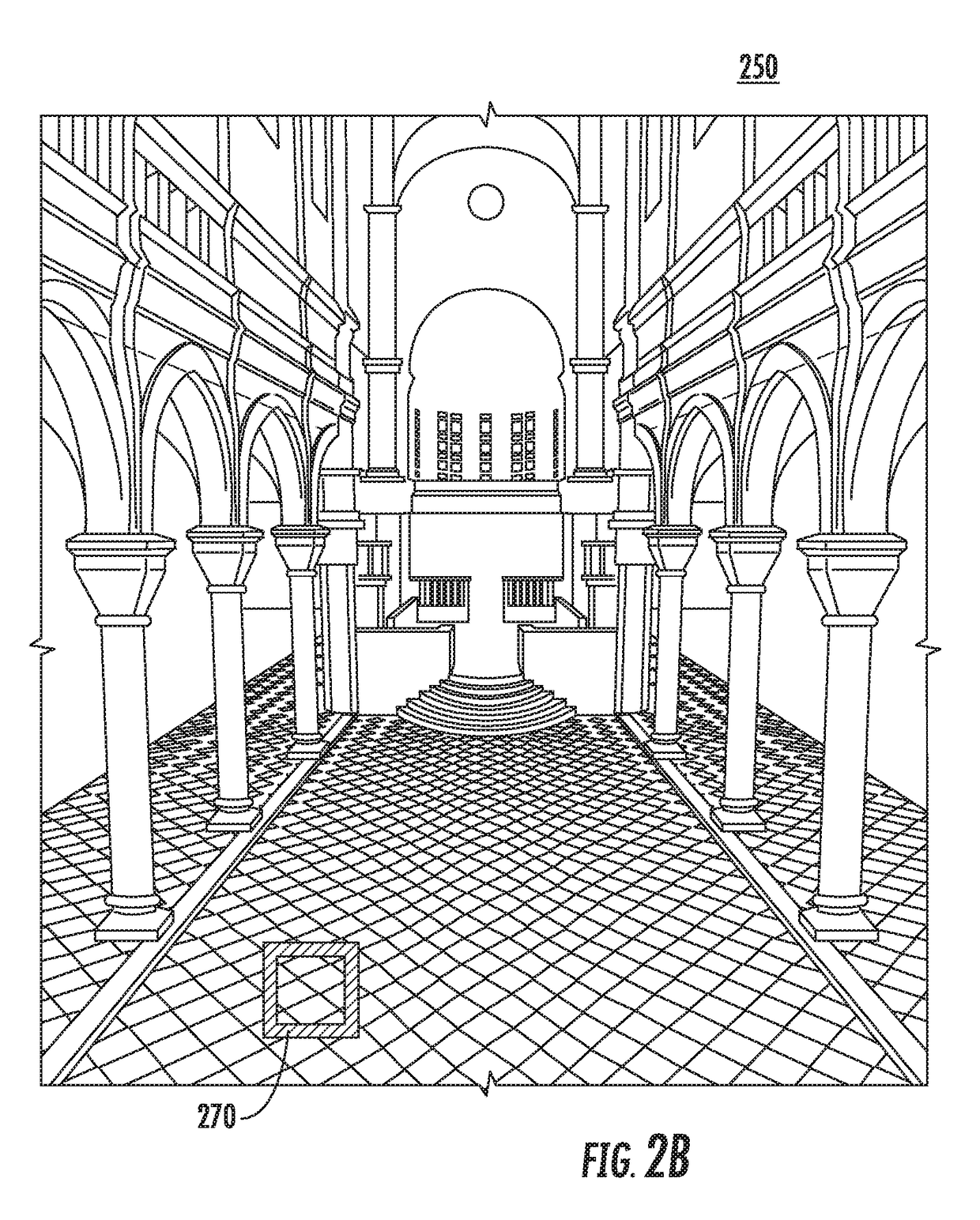Adaptive rendering with linear predictions
a linear prediction and adaptive rendering technology, applied in the field of computer generated imagery (cgi) and computer-aided animation, can solve the problem of delicate balance between the ability to model simulated objects and the ability to be truly accura
- Summary
- Abstract
- Description
- Claims
- Application Information
AI Technical Summary
Benefits of technology
Problems solved by technology
Method used
Image
Examples
Embodiment Construction
[0013]Numerous computing platforms and tools have been specially designed for computer-aided animation and CGI. One such example is now known as PhotoRealistic RenderMan, or PRMan for short. PRMan is a photorealistic RenderMan-compliant rendering software system based on the RenderMan Interface Specification (RISpec). One core functional aspect of PRMan can include the use of a “rendering engine” to convert geometric and mathematical descriptions of objects into images. This process is known in the industry as “rendering.” For movies, other animated features, shorts, and special effects, a user (e.g, a skilled computer graphics artist) can specify the geometric or mathematical description of objects to be used in the rendered image or animation sequence, such as characters, props, background, or the like. The geometric description of the objects may include a number of animation control variables (avars) and values for the avars. In some instances, an animator may also pose the obje...
PUM
 Login to View More
Login to View More Abstract
Description
Claims
Application Information
 Login to View More
Login to View More - R&D
- Intellectual Property
- Life Sciences
- Materials
- Tech Scout
- Unparalleled Data Quality
- Higher Quality Content
- 60% Fewer Hallucinations
Browse by: Latest US Patents, China's latest patents, Technical Efficacy Thesaurus, Application Domain, Technology Topic, Popular Technical Reports.
© 2025 PatSnap. All rights reserved.Legal|Privacy policy|Modern Slavery Act Transparency Statement|Sitemap|About US| Contact US: help@patsnap.com



